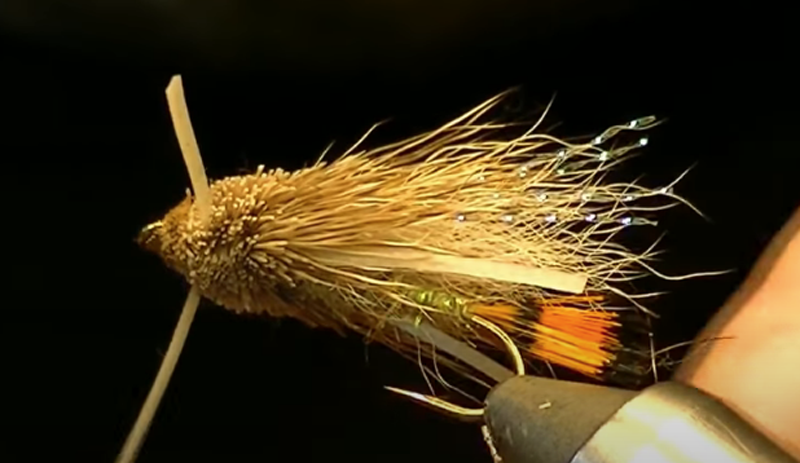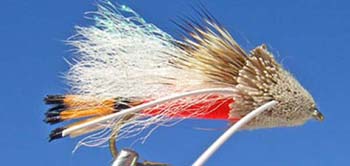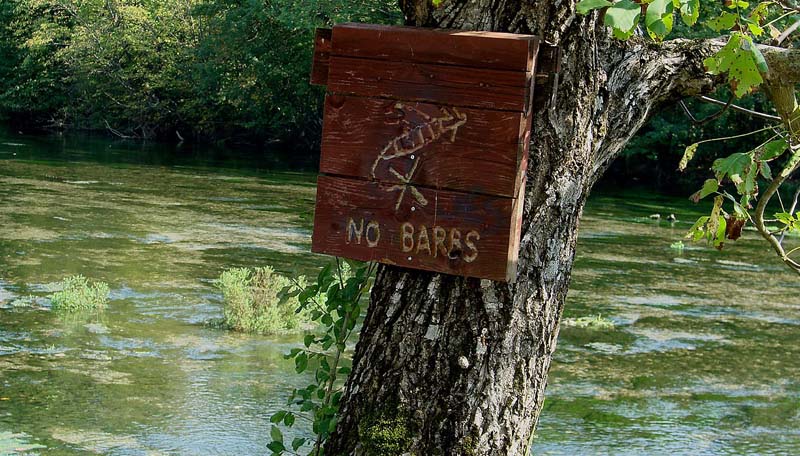
Ruben Martin‘s version of the Guy Turck Tarantula Attractor Fly.
Tying Flies At The Plantation With My Bourgeois Friends
By Skip Clement
Our coffee klatch, self dissolved from meeting at a small bakery and coffee shop in Kennesaw, Georgia, had a sparker-less reunion on Labor Day. We’d been voluntarily disbanded because of COVID 19 and series of missteps that pummeled our country.

Image Frying Pan Angler.
Yesterday, we met at a member’s house that had a dining room table, our tying bench, able to seat 16 comfortably spaced. We observed distancing, no hugging, shaking hands, and wearing a mask while other than tying and indulging in late morning pastries from scratch and coffee from Guatemala.
‘Whilst’ tying at the humongous English made mahogany hardwood table Frieze edged with Ball-and-Claw feet that stood on the most massive oriental rug I’d ever seen in a home I didn’t have to pay to walk through, the Turck Tarantula Fly, tied by our host, was the most popular of the morning’s entries.
I was seated in front of one of the host’s ancestors who frowned on me in his “dandy” riding clothes – asking what I thought I was doing sitting in his chair? The glare of superiority with acres of cotton behind him shook my ‘bourgeois.’
The Tarantula and how to swim it
According to Jack Dennis [Tying Flies with Jack Dennis and Friends], it was invented by Jackson Hole fly fishing guide, Guy Turck, and based o a fly called Madam X – adding to it what he thought improved it. The fly was an instant winner – winning the one fly tournament held in Jackson Hole.

Skip Morris’ Turck Tarantula.
Again, according to Dennis’ book, Guy Turck says it best fished in big fast water and drift the fly and let the water’s movement wiggle the legs. Others add: at the end of the drift, if nothing happens, swing the fly in the current, pull it under, and pump and retrieve it back wet.
The fly got introduced by our host and called Turck’s Tarantula Attractor Fly.
We used Ruben Martin’s Recipe:
Hook: TMC 5263 or similar #4 to #10
Thread: UNI 6/0 , UTC 70, Danville 6/0, and 3/0, 140 for bigger sizes.
Tail: golden pheasant tippet
Body: Hare’s Ear dubbing.
Wing: White Calf Tail, pearl Krystal flash, and natural deer body hair.
Legs: brown or black rubber legs.
Head: deer body hair, muddler style.
Our host used it in past years in Montana at her ranch, New Zealand, and Greenland saying it was called up from the minors when nothing “normal” got attention, “. . . Turck always got eaten,” she added.
Skip Morris‘ Recipe:
Hook: Heavy wire (or standard or light), 3X (or 2X) long, sizes 12 to 4.
Thread: Tan 3/0. (I use size-A rod-thread for the hair head.)
Tail: Golden pheasant tippet.
Body: Hare’s mask (or tan-brown synthetic dubbing).
Wing: White calf tail with one strand (or more) of pearl Krystal Flash on each side.
Over-wing: Natural Deer hair.
Legs: White or brown medium-diameter round rubber-strand.
Head: Natural tan-brown deer hair.
Featured Image: Wikipedia commons “No Barbs” sign on Ribnik River in Bosnia by Henrik Søvang.







